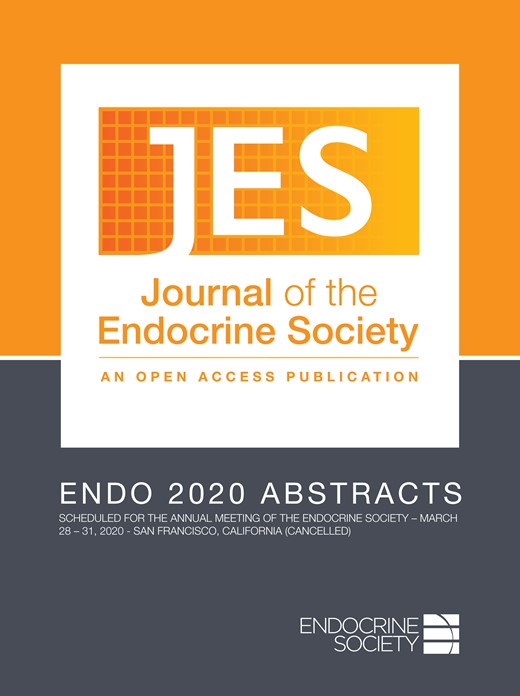-
PDF
- Split View
-
Views
-
Cite
Cite
Elena Aisha Azizan, Kha Chin Long, Norlela Sukor, Ruhaya Salleh, Fatimah Othman, Thamil Arasu Saminathan, Xilin Wu, Junhua Zhou, Feng Jun He, Graham Mac Gregor, Morris Jonathan Brown, SUN-220 High Salt Intake May Paradoxically Drive Autonomous Aldosterone Production, Journal of the Endocrine Society, Volume 4, Issue Supplement_1, April-May 2020, SUN–220, https://doi.org/10.1210/jendso/bvaa046.1834
Close - Share Icon Share
Abstract
Many modifiable factors contribute to the high prevalence rates of hypertension, among them is the consumption of too much salt (sodium). Another curable cause of hypertension is the excess of the hormone aldosterone. Aldosterone is normally produced by the zona glomerulosa (ZG) of the adrenal glands in response to a lack of salt and conversely suppressed by salt excess. We hypothesize that [i] suppression of aldosterone production induces apoptosis of ZG cells, as occurs following genetic deletion1; [ii] this sets up a maladaptive response to chronic salt overload by conferring a survival advantage to cells in which mutations drive autonomous aldosterone production. To address [i], we measured apoptosis of cells in which aldosterone synthesis was inhibited; to address [ii] we undertook a cross-sectional clinical study of aldosterone and sodium excretion, hypothesising that aldosterone excretion will be highest in the outside quartiles of sodium excretion. Aldosterone was inhibited by modification, in human adrenocortical H295R cells, of either CADM1 expression (mutated in aldosterone-producing adenomas2) or intracellular calcium concentration3. Apoptosis was measured by flow cytometric analysis of annexin V conjugates. 24-hour urinary aldosterone excretion (24h-Ualdo) was correlated with 24-hour urinary sodium (24h-Usodium) in 24h-urine samples collected for a Malaysian population-based salt intake study (MyCoSS). The prevalence of autonomous aldosterone production was estimated from the proportion of subjects with serum measurement whose “SUSSPUP” ratio (= serum sodium to urinary sodium)/(serum potassium2 to urinary potassium) was >5.34. Modification of CADM1 in human adrenocortical H295R cells decreased aldosterone production by half compared to vector control, and this was associated with a 3 to 5-fold increase of apoptotic cells (p<0.05; n>3). Pilot investigation of a Cav1.3 inhibitor decreased aldosterone production by 70%, and increased apoptosis by 7-fold (p<0.10; n=2). In 767 subjects, 24h-urine samples from the high urinary sodium quartile (>150mmol/d) had higher urinary aldosterone (4+0.18 ug/d) than other quartiles (p=0.00001). Overall, the estimated prevalence of autonomous aldossterone production using SUSSPUP ratio was 4.5% (8 of 179 subjects). In 63 subjects with 24h-Usodium>200 mmol/day, autonomous aldosterone secretion (conventionally >10µg/d) was found in 9.5%. Our results support the hypothesis that initial suppression of aldosterone production by salt excess may create a selective advantage for cells which autonomously produce aldosterone, and hence an inappropriate long-term increase in aldosterone production.
1Lee et al., Endocrinology. 2005;146:2650-6.
2Wu et al., 21st European Congress of Endocrinology. Vol. 63. BioScientifica, 2019.
3Xie et al., Sci Rep. 2016;6:24697.
4Willenberg et al., Eur J Clin Invest. 2009;39:43-50.



